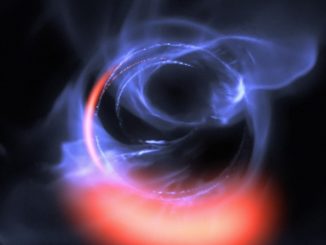
supermassive black holes

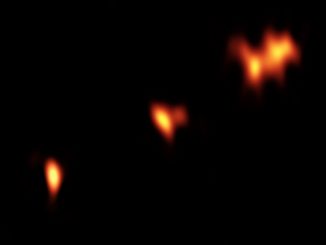
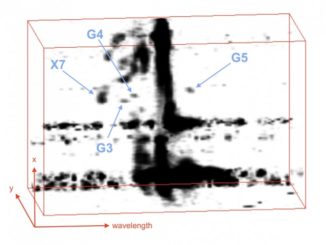
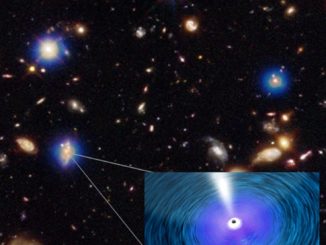
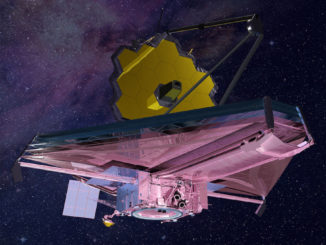
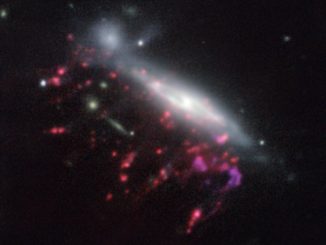
Supermassive black holes feed on cosmic jellyfish
Observations of “Jellyfish galaxies” with ESO’s Very Large Telescope have revealed a previously unknown way to fuel supermassive black holes. It seems the mechanism that produces the tentacles of gas and newborn stars that give these galaxies their nickname also makes it possible for the gas to reach the central regions of the galaxies, feeding the black hole that lurks in each of them and causing it to shine brilliantly.
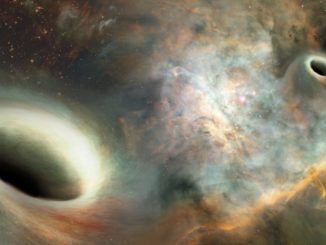
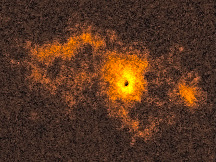
Unexpected gaseous haloes detected around distant quasars
An international team of astronomers has discovered glowing gas clouds surrounding distant quasars. The new survey of these active galaxies indicates that haloes around quasars are far more common than expected. The properties of the haloes in this surprising find are also in striking disagreement with currently accepted theories of galaxy formation in the early universe.


X-ray telescopes find evidence for wandering black hole
Astronomers have used NASA’s Chandra X-ray Observatory and ESA’s XMM-Newton X-ray observatory to discover an extremely luminous, variable X-ray source located outside the centre of its parent galaxy. This peculiar object could be a wandering black hole that came from a small galaxy falling into a larger one.
